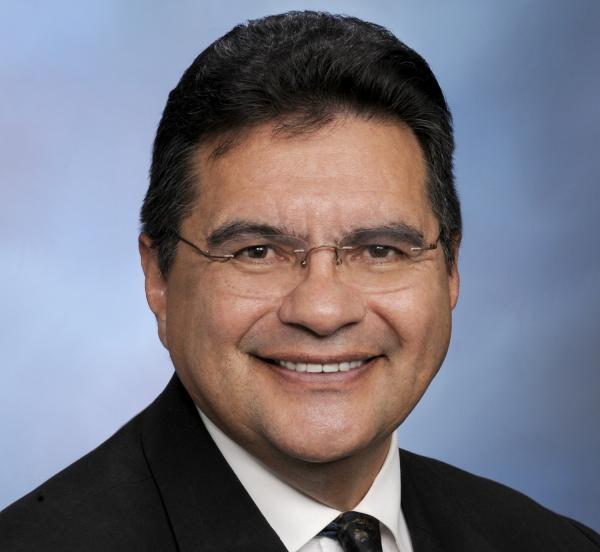$11 million available in 2014 for federally recognized tribal communities
Source: Office of the Assistant Secretary-Indian Affairs
WASHINGTON, D.C. – Assistant Secretary-Indian Affairs Kevin K. Washburn today announced that the Office of Indian Energy and Economic Development (IEED) is soliciting grant proposals from federally recognized tribes for projects that promote the assessment and development of energy and mineral resources on Indian trust lands. IEED has $11 million available in FY 2014 for grants, which is a historic level of investment that will support tribes seeking to put their energy and mineral assets to work for their communities.
“The IEED Energy and Mineral Development Program is another example of how Indian Affairs is working to assist tribes in realizing and maximizing the potential of their energy and mineral resources,” Assistant Secretary Washburn said. “This solicitation will provide tribal communities owning energy and mineral resources the opportunity and financial support to conduct projects that will evaluate, find and document their energy and mineral assets, and bring those assets to market.”
Energy and mineral development on Indian trust lands plays a critical role in creating jobs and generating income throughout Indian Country while also contributing to the national economy. All natural resources produced on Indian trust lands had an estimated economic impact of $12.08 billion, with over 85 percent of this impact derived from energy and mineral development on tribal lands, according to the Department of the Interior’s Economic Contributions report issued in July 2012. The report also noted that out of an estimated 126,000 natural resources-related jobs on tribal lands in Fiscal Year 2011, 88.7 percent were directly associated with energy and mineral development. Energy and mineral resources generated more than $970 million in royalty revenue paid to Indian mineral owners in 2013. Income from energy and minerals is by far the largest source of revenue generated from Indian trust lands.
IEED’s Division of Energy and Mineral Development, through its Energy and Mineral Development Program (EMDP), annually solicits proposals from federally recognized tribes for energy and mineral development projects that assess, locate and inventory energy and mineral resources, or perform feasibility or market studies which are used to promote the use and development of energy and mineral resources on Indian lands.
Energy and mineral resources may include either conventional such as oil, natural gas or coal, or renewable energy resources such as biomass, geothermal or hydroelectric. Mineral resources include industrial minerals such as sand and gravel; precious minerals such as gold, silver and platinum; base minerals including lead, copper and zinc; and ferrous metal minerals such as iron, tungsten and chromium.
The EMDP is mandated under the Energy Policy Act of 2005 (25 USC 3501 et seq.) which requires the Secretary of the Interior to “establish and implement an Indian energy resource development program to assist consenting Indian tribes and tribal energy resource development organizations…[and]…provide grants…for use in carrying out projects to promote the integration of energy resources, and to process, use, or develop those energy resources, on Indian land….”
EMDP is funded under the non-recurring appropriation of the Bureau of Indian Affairs budget and is based on available funds. It is an annual program, and uses a competitive evaluation process to select several proposed projects to receive an award. Since 1982, the EMDP has invested about $90 million in developing energy and mineral resource information on Indian lands. These funds have defined more than $800 billion of potential energy and mineral resources.
The Department published a solicitation on the Grants.gov website on June 9, 2014. Proposals must be submitted no later than 75 calendar days from the announcement date. The Grants.gov website posting contains all of the guidelines for writing a proposal and instructions for submitting a completed proposal to the DEMD office.
The Assistant Secretary – Indian Affairs oversees the Office of Indian Energy and Economic Development, which implements the Indian Energy Resource Development Program under Title V of the Energy Policy Act of 2005. IEED’s mission is to foster stronger American Indian and Alaska Native communities by helping federally recognized tribes with employment and workforce training programs; developing their renewable and non-renewable energy and mineral resources; and increasing access to capital for tribal and individual American Indian- and Alaska Native-owned businesses. For more information about IEED programs and services, visit the Indian Affairs website at http://www.indianaffairs.gov/WhoWeAre/AS-IA/IEED/index.htm.


